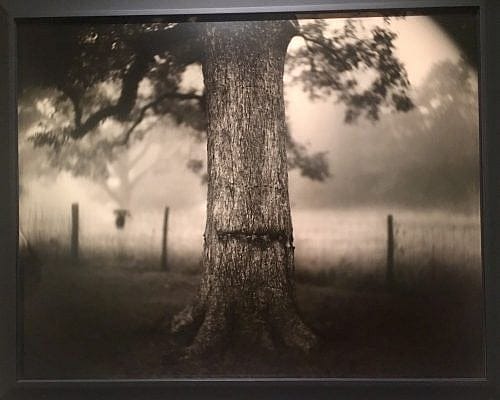‘A Thousand Crossings’ Chronicles Life of Photographic Artist

A Thousand Crossings is a visual folk-opera rooted in American experience but of international relevance. Composed by 67-year-old photographer Sally Mann of Lexington, Virginia, this presentation of 115 photographs captures many of the soulful notes heard throughout George and Ira Gershwin's lullaby Summertime from the melodramatic play Porgy and Bess. Much like the theme of the musical score, Mann's photographs snapshot the South. Distinctly atmospheric, their tonal rhythms defy boundaries and successfully echo the universality of the human condition.
Considered one of the nation's most influential and distinguished photographers, Mann juxtaposes discordant configurations of spiritual innocence with physical cruelties. Unorthodox processing techniques accentuate her observations of love, religious refuge, and loss in an expressive collection of evolving thought. Within the work, Mann recognizes photographic imperfections as perfections of the composition's deeper psychological thesis that bridges beauty and brutality.

